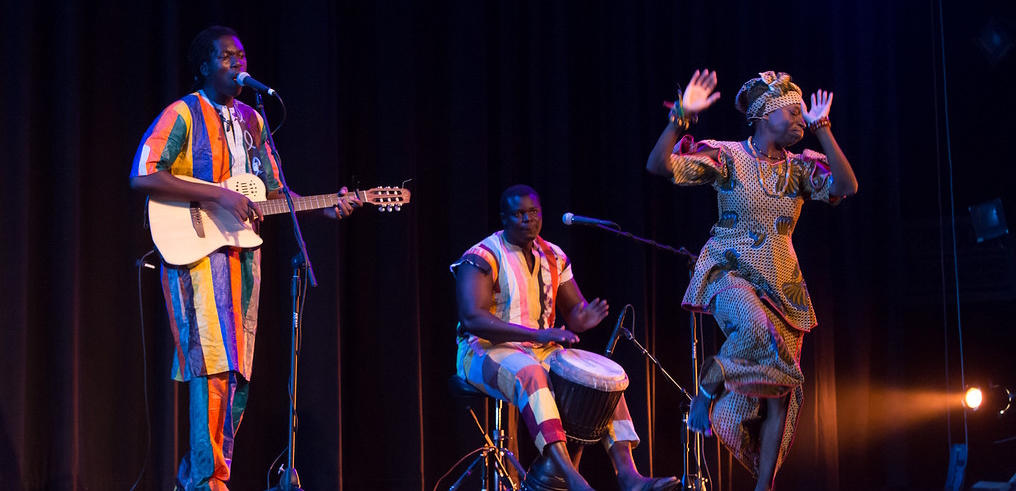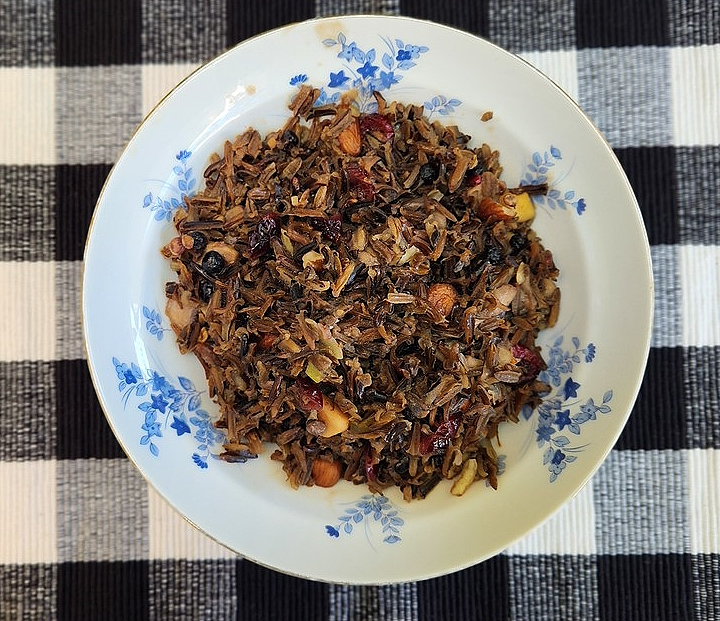
Sene Africa
Mbalax, pronounced mBah-lahkh, is the most popular music style of Senegal and Gambia, Africa. This style combines the traditional Wolof language singing and sabar drumming with Western instruments, which imitate sabar rhythms.
In precolonial times, Senegal was seen by empires as a strategic territory to control the trans-Saharan trade. During the age of slavery, Senegal became the last African country that captured West Africans saw before being forcibly taken to America. The French colonized Senegal in 1624 but Senegal won its independence in 1960. The Wolof people of Senegal had been singing praises accompanied by Sabar drumming for centuries before music in Senegal was influenced by the French colonization. However, Western music such as Jazz, Funk, Rock, Pop, and even Latin music became popular music forms in Senegal due to French colonization. But during the 1970s after Senegal gained its independence, the Senegalese people began to revive their traditional music to regain their identity. Western styles and instruments were integrated with the traditional music and instruments of the Wolof to create Mbalax. Mbalax music eventually evolved into its own genre with a specific sound and musical traditions. In modern times, Mbalax has become the most popular music style of Senegal and has even gained international popularity.
Traditionally, Wolof music and dance is performed in all important cultural events. As an oral culture, the Wolof people stored their history through songs, educated their children about adulthood, and praised important figures, either cultural or religious. Though Mbalax does have its roots in Wolof music, it is its own genre of popular music that is played wherever music is enjoyed.
Mbalax instruments include many Western instruments such as keyboards and electric guitars. But traditional Wolof instruments can also be used in Mbalax. Here are a few of the traditional Wolof instruments in Mbalax:
Kora - A 21 string harp. It is composed of a large gourd stretched across it, with a long pole neck. Strings are attached to the bottom of the gourd, stretched across a bridge and up the neck to the tuners. There are also two sticks positioned on either side of the neck for the performer to hold and pluck the strings with their thumbs.
Xalam - A five string lute. Some people hypothesize that the Xalam is the predecessor to the banjo.
Tama - An hourglass-shaped drum, traditionally made with iguana skins on each end, laced together with string along the length of the drum.
Sabar Drums - A set of 7 tuned drums made from dense, hard wood called Dimba.









